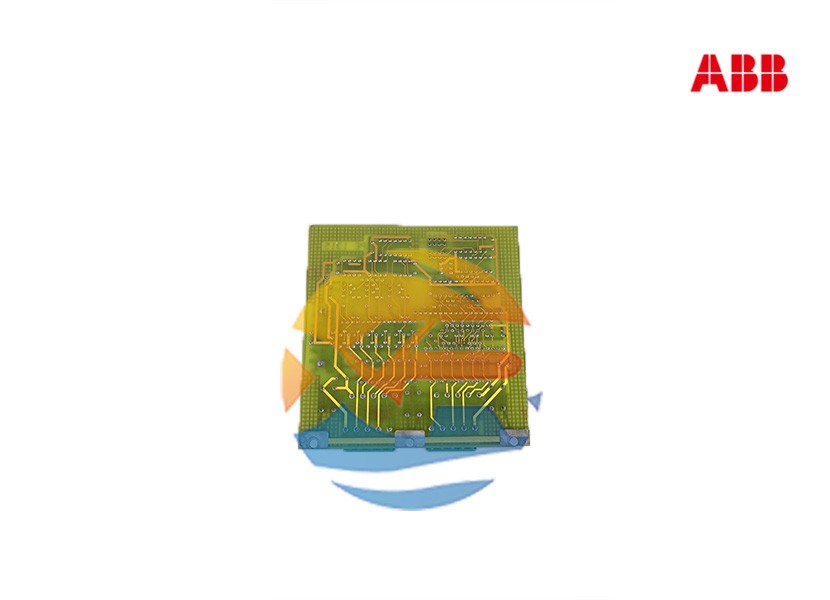Selecting the right motor drive is about solving real-world operational challenges. The ABB PE1315A AC drive is not just a component; it is a tool for achieving significant improvements in energy efficiency, process control, and equipment longevity. This article explores the key applications where the PE1315A drive delivers tangible benefits, from simple fan control to complex material handling systems.

The Universal Need for Motor Control
Electric motors are the largest consumers of electrical energy in industry. Fixed-speed motors often run at full speed regardless of actual demand, leading to massive energy waste. The ABB PE1315A addresses this by providing precise control, ensuring the motor uses only the energy required for the task at hand.
Key Application Areas for the PE1315A Drive
1. Pump Control in Water and Wastewater
Pumps are fundamental in water treatment plants, irrigation, and building services. Fixed-speed pumps often use throttling valves to control flow, which is highly inefficient.
- How the PE1315A Helps: By controlling the pump motor's speed, the drive adjusts the flow rate directly. This eliminates the energy loss across the throttle valve.
- The Result: Energy savings of 20-50% are common. The drive also reduces water hammer during start/stop, protecting pipes and fittings, and allows for soft starting, reducing mechanical stress on the pump and motor.
2. Fan Control in HVAC Systems
Heating, Ventilation, and Air Conditioning (HVAC) systems in large buildings and industrial facilities use large fans. Their energy consumption is substantial.
- How the PE1315A Helps: Instead of using dampers to control airflow, the drive varies the fan speed. The affinity laws state that a small reduction in speed leads to a large reduction in power consumption (power is proportional to the cube of the speed).
- The Result: Dramatic energy savings, improved climate control comfort, and reduced noise levels.
3. Conveyor Systems in Material Handling
Conveyors in manufacturing, mining, and logistics need controlled acceleration and deceleration to prevent material spillage and reduce wear on belts and rollers.
- How the PE1315A Helps: The drive's Sensorless Vector Control provides high starting torque and smooth, controlled ramps. It allows for different speed setpoints for various process stages.
- The Result: Gentle product handling, reduced maintenance costs, and increased system throughput due to optimized speed control.
4. Mixers and Agitators in Chemical and Food Processing
Mixing processes often require a specific speed to achieve the desired product consistency and quality.
- How the PE1315A Helps: Provides precise speed control for repeatable results. The drive's robust torque capability handles the high starting torque of submerged agitators.
- The Result: Consistent product quality, reduced cycle times, and better process control.
The Tangible Benefits Across All Applications
- Substantial Energy Savings: This is the most significant benefit, leading to a rapid return on investment (ROI).
- Reduced Mechanical Stress: Soft starting and stopping extend the lifespan of motors, belts, gears, and bearings.
- Improved Process Control: Precise speed control leads to better product quality and operational consistency.
- Lower Maintenance Costs: Reduced electrical and mechanical stress translates to fewer failures and less downtime.
- Enhanced Diagnostics: Built-in features monitor performance and provide early warnings of potential issues.
Conclusion
The application of the ABB PE1315A drive is a clear indicator of a modern, efficient operation. Its use in pumps, fans, conveyors, and mixers demonstrates its versatility and power as an energy-saving and process-optimization tool. For facility managers and engineers looking to reduce operating costs and improve reliability, integrating a variable frequency drive like the PE1315A is one of the most effective steps to take.
